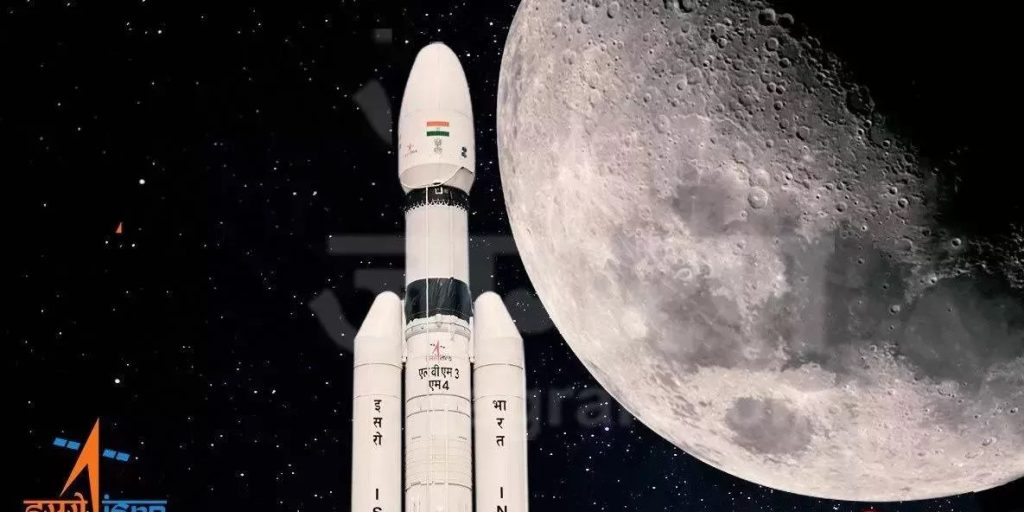
Chandrayaan-3's Vikram Lander Awakens: ISRO Awaits Confirmation
The Chandrayaan-3 mission’s Vikram Lander is sending signals, and the Indian Space Research Organisation (ISRO) is impatiently awaiting confirmation. This eagerness is brought on by the fact that the southern polar area of the Moon, where the Vikram Lander and its companion Pragyan rover have been sleeping for the past two weeks, has now again received sunlight.
On August 23, 2023, the Chandrayaan-3 mission created history when it successfully touched down close to the lunar south pole. Scientists are particularly interested in the landing site, called as the “Shiva Shakti Point,” because it is 600 kilometers from the lunar south pole and contains water ice in areas that are always in shadow.
Vikram Lander and Pragyan Rover carried out a number of lunar experiments while they were in service. The elements collected from the lunar surface, includes sulfur, aluminum, calcium, iron, chromium, titanium, manganese, silicon, and oxygen.
ISRO is working to get the system going again. According to ISRO officials, the recovery procedure include using solar heat to warm up the equipment and charge the batteries. There is a strong likelihood that the system will restart if these conditions are satisfied. This ambitious lunar expedition’s successful return of the Pragyan Rover and Vikram Lander will be a key milestone.
The Vikram Lander and Pragyan Rover were intended to operate on the lunar surface for 14 days on Earth while carrying out a variety of investigations and tests. It is hoped that the lander and rover would be able to extend their mission beyond the intended timeframe once sunlight returns to the southern polar region.
The lander and rover’s solar panels should be better charged by the sunshine, enabling ISRO to make contact with them once more. If the Vikram lander and Pragyan rover wakes up successfully, there will be more time to gather data and examine the lunar surface.



